Is Kreuzberg a “No-Go” Zone?
Calling Kreuzberg a ‘no-go zone’ is a dangerous trend in the news media that stigmatises immigrants, refugees and racial minorities, and conflates petty crime with violent crime. The Needle examines…
He was leaving a club with some friends, when he was dropped by a gang of men with knives. Tommy tells me at the hostel reception: ‘My buddy’s wound went toxic; shit, that was a bad night’. On another night, a policeman stops his car, smells weed, can’t find the drugs, and, so, beats Tommy with the back of his gun until he’s sent to the hospital. Now Tommy has a steel plate in his cheek.
Tommy explains that the main street is pretty safe at night—there’s a private security guard in front of every second house––but if I walk too far right or left, I too will be ‘dropped’. I never really figured out the semantic breadth of what ‘dropped’ means, but I didn’t want to find out. As my taxi driver tells me: ‘I won’t drive through that neighbourhood, I have to take a detour’.
What all these witnesses describe is the true definition of a ‘no-go zone’: and it’s located in Central Johannesburg, not in Berlin.
When I returned from my trip to South Africa to the German capital this Spring, the German press was embroiled with the issue of crime and safety in the immigrant neighbourhood of Kreuzberg. Since mid April, Der Spiegel, Die Zeit, the Tagesschau––pretty much every major German news outlet––has reported out-of-control pickpocketing, drug peddling, and incidents of intimidation. The headlines read: ‘Square of the Damned’, ‘Fear of Violence in Kottbusser Tor’, ‘Kottbusser Tor is the Square of the Lawless‘. Around Kottbusser Tor (‘Kotti’), there was a 50% increase in crime in 2015 over the previous year. More specifically, there was a 100% increase in theft, and some brutal incidents: the stabbing to death of a Spanish student by an anonymous attacker last November. A knife attack involving a 19-year victim along Skalitzer Straße, in February. A mass brawl in a kebab shop with 40 involved. A recent reader’s poll in the Morgenpost indicated that more than half of all readers are unwilling to go to Kotti, even during the day.
It sounded really bad.
But I’d just returned from South Africa, where 45 people are murdered a day. How bad could it be?
Not that bad.
When one reads the Berlin 2015 Police Criminal Statistics Report, one quickly learns that things are not out of control. In Berlin, there was an increase of about 5% of reported crimes in 2015 over the previous year. But when speaking of frequency, the report suggests that these crimes are proportional to the increase of tourists to the city. Homicide rates are the second lowest in ten years (112 cases/year) and cases of violent crime have also decreased. If you review Berlin’s murder cases in Berlin, you notice too that they are not geographically centred in Kreuzberg. Actually, there have been rather more recently in the posh West.
So, wait a second… this crime concern is starting to sound rather ridiculous. Even if you haven’t just stepped off a plane from Johannesburg. So, why the concern about Kreuzberg?
Well, anyone who lives in SO36 can tell you there’s been a change recently. Just take the U-Bahn station Görlitzer Park, which is full of drug peddlers, many of whom are very aggressive, meeting travellers at the doors of the train when they disembark. And then at some hours, you know the police have just shown up because the station is empty. Some of the drug dealers are visible minorities (many from Africa), which for some gives crime, unfortunately, an identifiable face.
Kottbusser Tor, meanwhile, has been the site of purse-snatchings, robberies and intimidation, especially at night. The ‘Antänzer’ (confidence tricksters) are friendly jokers who ‘dance’ around you as they steal your stuff (this happened to me, you can read about it here). They are particularly successful with unwary tourists, many of whom are young and drunk and on their way to or from a club. Some of the incidents have been filmed from the balconies of the large housing project, the NKZ, by understandably concerned locals, such as Café Kotti’s owner Ercan Yaşaroğlu. He is just one of many local stakeholders interested in nipping a bad trend in the bud. All the news coverage has given these activists a boost in their efforts to stop Kotti from remaining Berlin’s pickpocket and drug central.
Theft is precisely what the police report picks up on: the greatest increase of crime in Berlin last year was pickpocketing and bag snatching (smartphones are a usual loss), a remarkable increase of 25.8% in Berlin as a whole (100% in Kotti). As the police note, the transition from pickpocketing to robbery (mugging) is ‘fluid’, with violence always a possibility for those who resist. Most of the acts are happening ‘parallel to the U1 line between Kottbusser Tor and the RAW terrain [in Friedrichshain]. The injuries are mostly to the visitors to the local club scene’.
But the press seems to have a hard time distinguishing between petty crime and violent crime. I watched on a ZDF program, on crime in Kotti, how threatening groups of North-African men dance around their victims to relieve them of their possessions, as booming ‘oriental’ music plays in the background. A 13-year old describes having her phone stolen in the U-Bahn, while the reporters trail their cameras on people of colour, before they interview rappers, or those who romance about the ‘hood’ and drug dealers… It’s all framed like a weaker Berlin parody of something the reporters have seen on Straight Outta Compton, served up for provincial TV audiences in Swabia. All that’s missing are the guns.
And that’s an important omission. Kottbusser Tor is made to sound like some lawless war zone––and if you read between the lines you would think there are daily shootings and murders, like in South Africa, which are simply not happening. While one should take the spike of crime in Kotti seriously, readers of the dramatising press should not be made afraid of the neighbourhood. Yes, criminality at Kotti has doubled. But not all criminality is the same.
That’s when you remember that most journalists are not interested in the facts, but rather about selling news through fear.
Not putting crime in Kreuzberg in perspective has serious consequences.
The police report that 87% of those suspected of pickpocketing and robbery do not have German citizenship. The link to the recent refugee influx in Berlin or to those who are ethnically different has been played out to no end in the press. The news media enjoys a good ‘news-cycle’ to keeps its audience holding on to a story: what’s next for refugees? Well, what’s next in the news cycle might just be a good crime story.
One of the most internationally visible examples appeared in the New York Times recently (on 1 April 2016); it is by the pop-novelist Daniel Kehlmann, who explains how he was advised to take a cab to Kreuzberg instead of public transport by a friend. He writes, ‘I would have thought he was joking, but he is not the type. I asked the cabdriver, a young man of Turkish origin. Had Kottbusser Tor suddenly become a no-go zone? To my shock, he replied, “Yes, now that all these people from North Africa are here it has become really dangerous.”’
Kehlmann goes on to talk in a conflationary way about crime, immigration and terrorism. Refugees are suggested to be terrorists, following the slippery logic of this sentence: ‘If there is ever a terrorist attack in Germany, and if refugees play a role in carrying it out — exactly what terrorists would be expected to do — chances are high that the new German openness will end’. Meanwhile, the article has an illustration of the German flag being ripped apart by hordes of immigrant arrivals.
Pickpocketing and drug dealing in Kotti become, strangely, the starting point for very generalised fear-mongering about Muslims and terrorism. The evocation of the ‘no-go zone’ is a parroting of the language of Donald Trump, or of the neo-fascist Hungarian government (which posted a list of ‘no-go zones’ in Europe online). What does this rhetoric serve? It creates fear, it makes governments close borders, it stigmatizes ethnic groups, it undermines Merkel’s refugee policy, it sells newspapers.
The reality about immigrant crime, it turns out according to the police, is that the largest group of suspected pickpockets in Berlin is not Syrians or refugees after all, but those with EU nationality: 32% have Romanian citizenship. I wonder whether Kehlmann just stupidly, unwittingly, added his voice to the ‘refugee panic’.
There are others who are more actively right-wing and intolerant, those with AfD tendencies simply looking for problems to pin on refugees. One example is how a video of a bag snatching at Kotti was circulated online as a ‘brutal hunt’ of gay people by ‘Islamic’ homophobes. On closer inspection, however, there was nothing in the video to indicate that the perpetrators are homophobic or the victims gay. The Turkish voices in the video are of spectators. We know nothing about the origins of the attackers, much less that they are Muslim migrants. As it turns out, the website, Gaystream––that claimed the video was an example of gay-bashing––is run by a well-known Islamophobe, who lost his job at a German gay magazine for an instance of Holocaust trivialising under his editorship. Again, Kotti is easily instrumentalised by the far right––this time in the guise of protecting sexual minorities against the intolerance of Muslim arrivals.
One of the most impressive things about Kotti is the generally successful coexistence of different groups in one space: punks, gays, Turks, Muslims, transsexuals, ethnic Germans. The big change that has happened to the neighbourhood recently is tourism, and tourists are easy targets for pickpockets. And, without their own contacts to source drugs, tourists buy them on the streets or the U-Bahn platforms. This has made Kotti and Görli the go-to for the street drug trade. And also the go-to for those wishing to easily relieve the clueless of their possessions.
I live near Kotti. I think something needs to be done now to stem escalating crime in the neighbourhood. I hate getting off the U-Bahn to be accosted by drug dealers (or to hear that the police have been given special powers to detain suspects in so-called ‘risk areas’, undermining civil liberties). Problems in Kotti are especially bad at night. The police analysis that petty crime could be fluid in leading towards more violent crime strikes me as correct. But the recent media frenzy over the issue, conflating petty with violent crime, with the accompanying stigmatization of immigrants and other foreigners (poor arrivals rather than comparatively wealthy club-circuit tourists) for these crimes, is a dangerous road that plays into the hand of political extremists.
The problems in Kotti, meanwhile, need to be kept in perspective. Berlin for a long time was a protected island: the island of the West was surrounded by East German territory, where crime was generally perpetrated by the state and not by citizens. I think this is one reason why Berlin is so shocked to find itself suddenly exposed to the flows of international migration, to be urbanising, to have suddenly big city problems like other capitals in Europe.
But doesn’t Berlin deserve to remain one of Europe’s safest big cities? My sense––when Kotti is concerned––is that we need to be kept just as safe from the press, these days, as from the pickpockets and drug dealers.
**
Never miss a post! Subscribe:

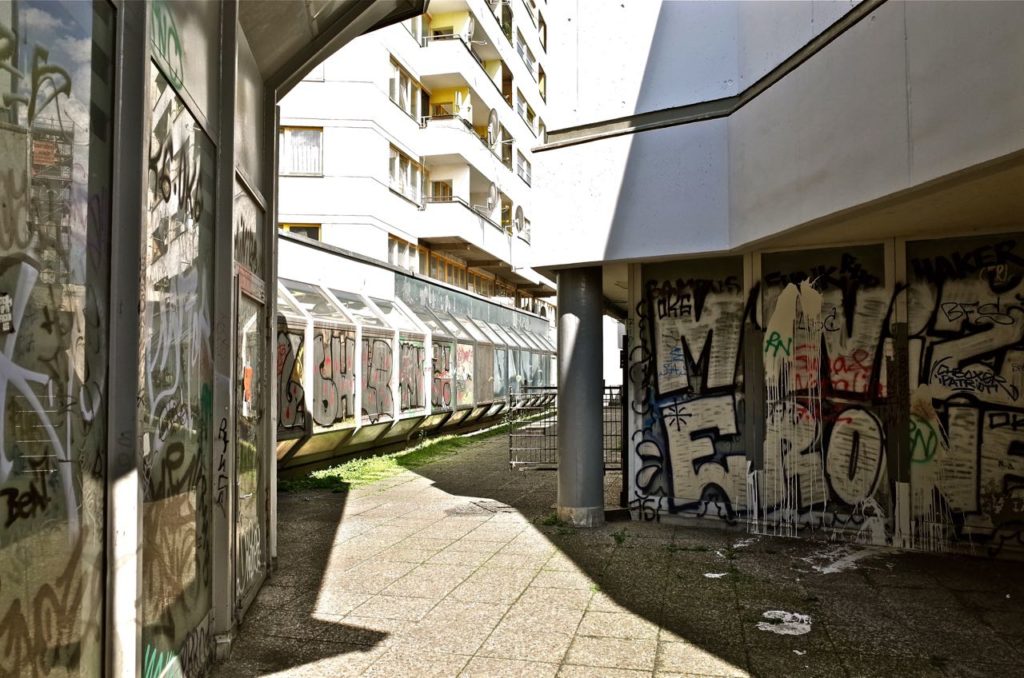
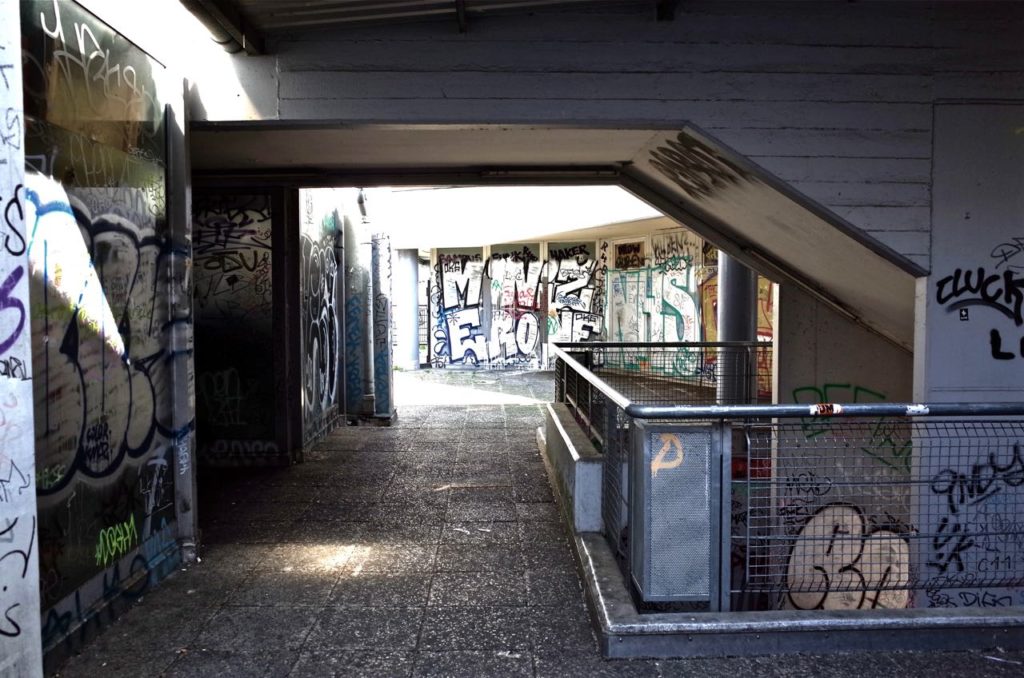
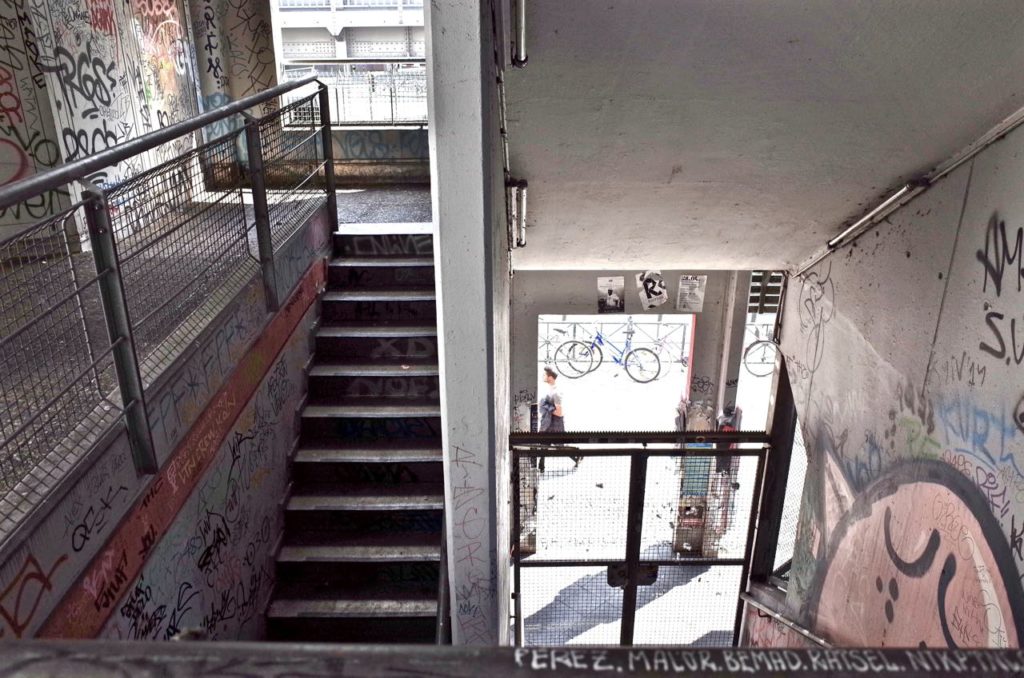
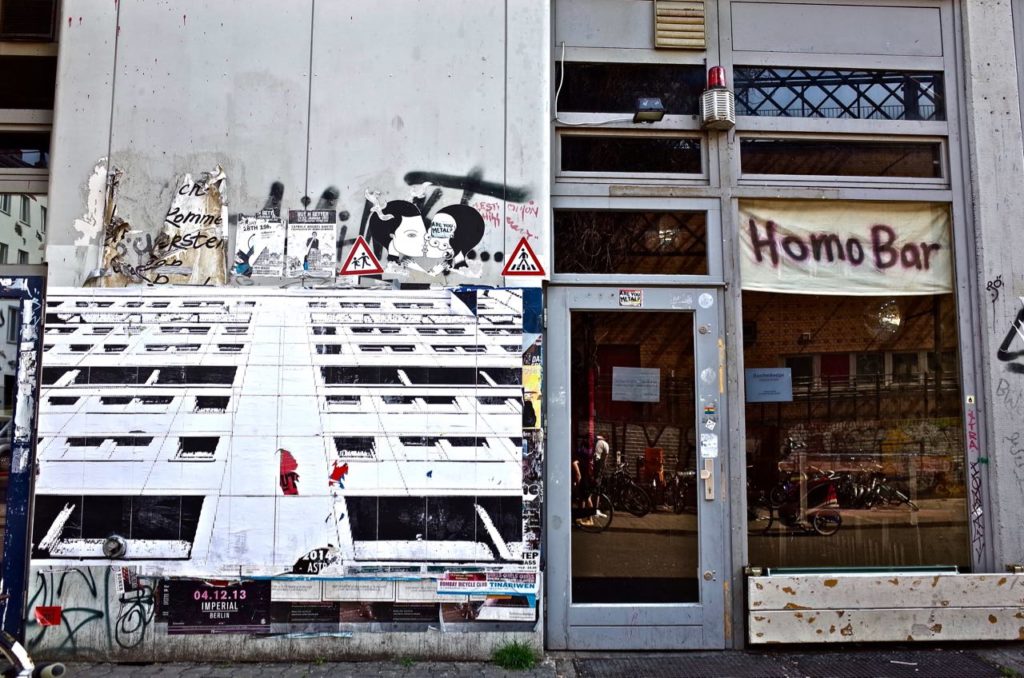
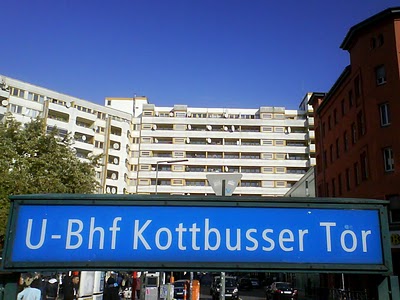
2 thoughts on “Is Kreuzberg a “No-Go” Zone?”